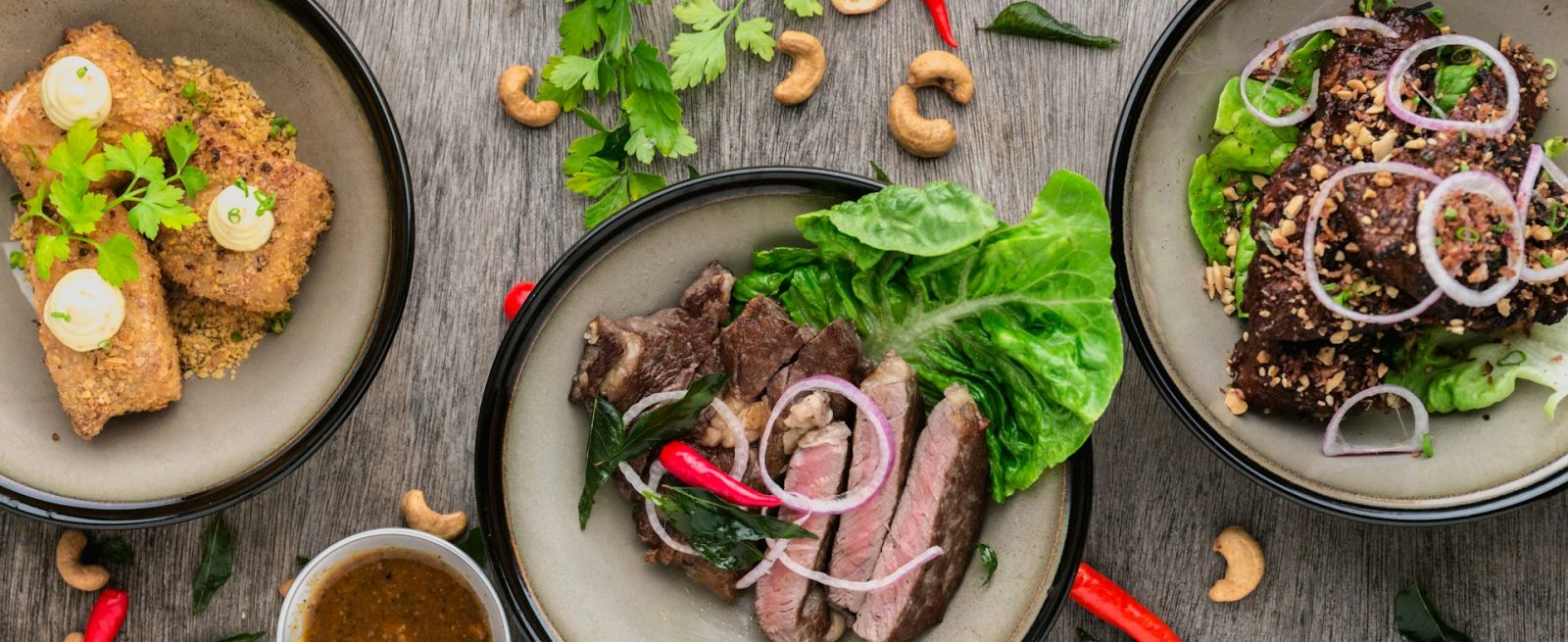From Solo Dining to Celebrations: Strategies for Restaurant Success in a Shifting Landscape
4 Min Read By Adoniram Sides
In the past year, group dining, specifically parties of six or more, has risen by eight percent year‑over‑year, per OpenTable’s 2025 insights. At the same time, solo dining reservations in the U.S. are up 29 percent over the past two years, according to a recent AP News analysis sourced from OpenTable. These shifts highlight the growing challenge, and the opportunity, for restaurants to smoothly balance the needs of large groups and solo diners, day after day.
Together, these trends create a unique set of challenges for host teams, servers and back-of-house staff as they juggle large celebrations one moment and solo work lunches the next. This may not seem like a new challenge, but with both large parties, and solo diners becoming more commonplace, the traditional restaurant dynamic has been shifting under our feet. Successful operators will be those who anticipate shifting party sizes, adapt their spaces and processes on the fly and train teams to deliver consistent service from the first greeting to the final check. To thrive, restaurants must design for flexibility, fairness and consistency at every touchpoint.
Here are ten tips for restauranteurs to begin to adapt to the changing reality of dynamic party sizes.
1. Rethink your floor plan as a dynamic asset
Traditional layouts built around tables for two or four often leave odd seats awkwardly vacant when larger parties arrive, and create cramped communal benches when solo guests trickle in. To address this, introduce modular tables on lockable casters, stackable chairs that can be rearranged in seconds, and convertible communal islands that flex between bar-height counters, banquettes, and open seating zones. By treating space as a dynamic tool rather than fixed real estate, you increase usable covers without costly construction.
2. Back up the kitchen with precision technology
When a ten-top reservation collides with bar orders and delivery rushes, paper tickets and manual processes break down. Deploy a Kitchen Display System (KDS) integrated with your POS to automate ticket sequencing, flag modifiers instantly and prioritize orders in real time. Milagro Corp’s June 2025 case study cites an average 25 percent boost in kitchen throughput and a 40 percent reduction in order-to-plate times within four weeks of KDS deployment. These gains preserve food quality and free staff to focus on hospitality, not firefighting.
3. Leverage AI for staffing and seating optimization
Artificial intelligence is no longer a buzzword. Platforms are using AI-driven seating algorithms to analyze thousands of layout permutations per second, cutting wait times for large groups by 30 percent and boosting solo seat utilization by 20 percent. Other tools forecast daily party mix by daypart, recommend server rotations and suggest optimal table assignments. cIntegrate these insights into your reservation book and scheduling system to flatten peaks, reduce burnout and maximize covers each shift.
4. Elevate midweek and experiential offerings
The concept of a “restaurant week” is evolving. OpenTable reports a 16 percent uptick in seated diners on Wednesdays as hybrid work and social calendars shift midweek patterns (as detailed inthe National Restaurant Association’s "What’s Hot" report). Likewise, experiential bookings, chef’s tables, tasting menus and interactive events, rose 64 percent year over year. Host themed nights, wine pairing workshops or collaboration pop-ups with local artisans to fill gaps between group dinner peaks and solo lunch hours. Promote aggressively via email and social to build excitement and drive early reservations.
5. Walk your floor during peak service
No dashboard replaces human observation. Schedule a 15-minute peak‑hour walkthrough weekly, following every guest journey: from host check-in to seat assignment, pass handoff and bill settlement. Look for host stand congestion, expo bottlenecks or busser traffic jams. Small fixes, tweaking service station locations, redistributing server sections or staggering ticket fires for large parties, compound rapidly into smoother flow and higher guest satisfaction.
6. Rethink scheduling and promote fairness
Mixing a bustling 14-top banquet with solo bar service on a single shift can demoralize staff if earnings feel unbalanced. Rotate large-party assignments and implement a clear, equitable tip-pooling system, such as hours-based, role-based, or points-weighted distributions, to reinforce fairness. Chipotle, for example, reduced hourly employee turnover from 164 percent in 2022 to 131 percent in 2024 by improving scheduling, pay structures, and career development opportunities.
7. Design for consistency across party sizes
Every guest expects your promise to hold, whether they dine alone or as part of a dozen. Define service benchmarks: menus delivered within one minute of seating, appetizers coursed within five minutes of order and checks presented promptly on request. Reinforce these standards through role plays, real-time feedback and performance tracking. Consistency is not perfection but minimizing variance so each visit aligns with your brand’s level of care.
8. Plan for extremes before they happen
Solo diners and large parties tax hosts, servers and kitchen differently. Reserve “buffer” tables in your reservation grid that remain unassigned to group bookings until after midweek solo surges. Train hosts to trigger an all-hands alert when seat thresholds approach and establish clear shift handoffs for special requests, birthday arrangements or dietary notes, so nothing slips through. Anticipating extremes turns potential breakdowns into seamless experiences.
9. Streamline payments and embrace contactless options
Modern guests expect frictionless checkouts. QR code menus, digital wallets and contactless payments reduce table turnover by up to 25 percent when automated checkouts are implemented, according to a MoldStud study from March 2025, letting servers focus on personal service rather than processing cards. Ensure your POS and payment platforms interoperate seamlessly to support all payment preferences.
10. Simplify your menu to drive efficiency
A focused menu with fewer SKUs reduces kitchen complexity and waste. Offer a core lineup of crowd pleasers for large parties alongside creative small plates tailored for solo diners. Streamlined offerings allow cooks to master execution, improving speed and quality even under peak stress.
Ultimately, the operators who thrive will be those that view every square foot as adaptable, adopt technology that empowers their teams and weave fairness and consistency into every interaction.
By embracing flexible layouts, precision tools and equitable practices, you ensure that both festive gatherings and solitary meals receive equal attention, boosting staff morale and driving sustained revenue growth. When you anticipate extremes, refine processes continuously and keep your focus on genuine hospitality, you create an experience that guests will seek out again and again, making your restaurant a true standout in a rapidly evolving industry.


